In 2025, industrial hemp farming in Australia remains a regulated but rapidly expanding agricultural sector. Defined as cannabis containing no more than 1% tetrahydrocannabinol (THC) in its leaves, flowering heads, and seeds, hemp is grown for fibre, grain, and seed oil across all states and territories. While the federal THC threshold is consistent nationwide, each jurisdiction sets its own licensing procedures, eligibility rules, and compliance requirements. Understanding both the general framework and specific regional differences is essential for anyone planning to enter the market.
General Licensing Framework and Eligibility
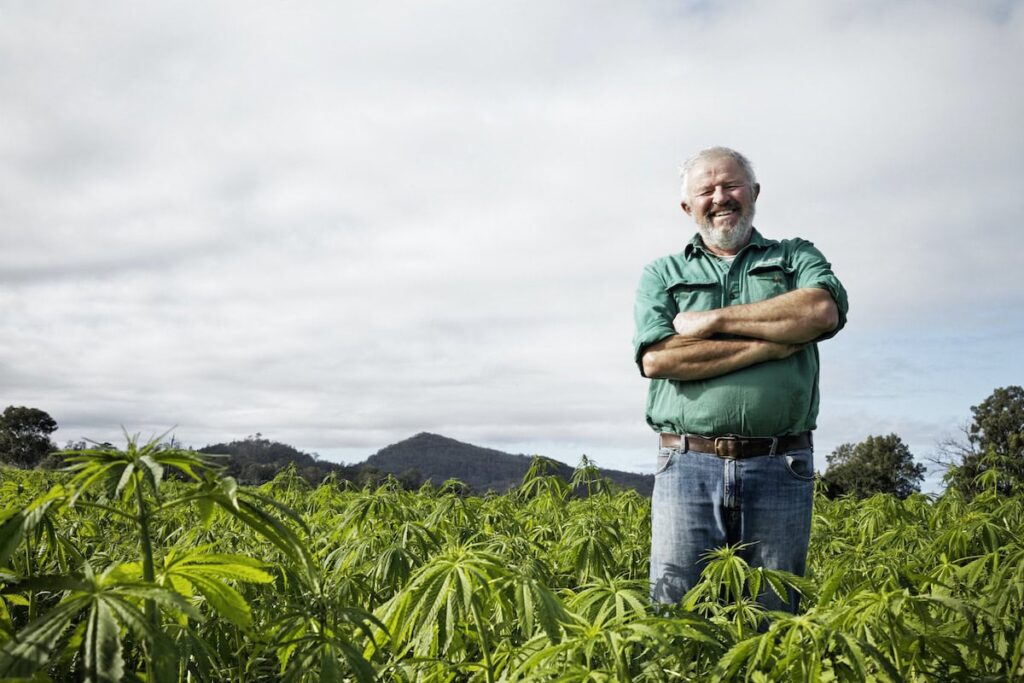
To legally grow hemp in Australia, applicants must typically be over 18 years of age, pass a criminal history check, and be deemed a “fit and proper person” under the relevant state or territory legislation. Most jurisdictions require no recent convictions for drug-related offences and insist on the use of only approved low-THC hemp seed varieties from licensed suppliers. Applicants must have a clearly defined purpose, whether commercial, research, or educational, and must demonstrate access to suitable cultivation land with adequate security. Some regions impose buffer zones to prevent cross-pollination with high-THC cannabis crops. In all cases, the intended market use of the hemp—such as textiles, construction materials, or food products—must be declared in the licence application.
Application Process and Key Documentation
Licensing is administered by each jurisdiction’s primary industries or agriculture department. While the specific forms and fees vary, most applications require a detailed site plan, seed sourcing information, and property ownership or lease documentation. Applicants must often describe their crop management strategy, including irrigation, fertilisation, and pest control methods. Application fees range from a few hundred to over a thousand Australian dollars, and licences are typically valid for one to five years. Renewal requires proof of ongoing compliance, updated site information, and sometimes another police check. Many states now offer online application portals, streamlining the process for new entrants.
State and Territory Variations in Licensing Rules
Although the THC threshold is uniform at 1%, there are notable regional differences in how licences are issued and managed. In New South Wales, the Department of Primary Industries (DPI) issues licences valid for up to five years, with annual crop reporting and random THC testing as standard compliance measures. Victoria’s Agriculture Victoria offers cultivation and research licences, each with strict seed approval lists and three-year validity, requiring meticulous record-keeping. Queensland, under Biosecurity Queensland, conducts fingerprint-based criminal history checks and places strong emphasis on crop security through fencing and controlled access. Western Australia’s Department of Primary Industries and Regional Development (DPIRD) requires annual compliance returns and certified seed sourcing. South Australia’s PIRSA enforces separation distances from high-THC crops, while Tasmania’s Department of Natural Resources and Environment offers a streamlined process suited for its thriving hemp seed industry. The Northern Territory’s Department of Industry, Tourism and Trade issues licences for up to three years, while the ACT regulates hemp separately from recreational cannabis under its own directorate.
Compliance Obligations and THC Testing
Once licensed, hemp farmers must comply with strict record-keeping and inspection requirements. Annual compliance reports are mandatory in every jurisdiction, detailing planting dates, harvest quantities, and sales or distribution channels. Random property inspections may occur during the growing season, and pre-harvest THC testing is conducted to ensure plants remain below the 1% threshold. Using non-approved seed varieties or failing to maintain secure cultivation areas can result in significant penalties, including fines, destruction of crops, or cancellation of the licence. Compliance officers have broad authority to enter cultivation sites, collect samples, and verify records. These enforcement measures are designed to ensure the integrity of Australia’s hemp industry and maintain public confidence in its regulation.
Future Outlook for Hemp Licensing in Australia
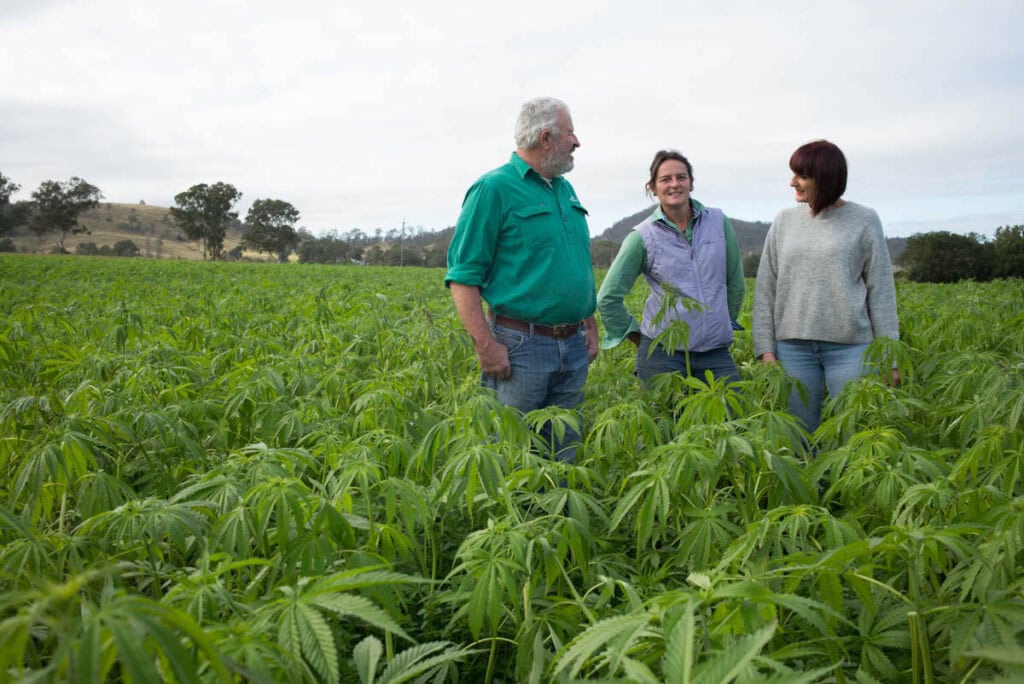
In 2025, the industrial hemp sector is projected to benefit from rising domestic and global demand for sustainable raw materials, from construction hempcrete to hemp seed foods. However, the fragmented licensing system across states and territories can pose challenges for growers seeking to operate in multiple jurisdictions. Industry groups are advocating for greater harmonisation of rules, potentially creating a nationally consistent application process. This could reduce duplication, streamline compliance, and encourage investment in large-scale hemp production. With evolving technology in crop genetics and processing, the sector is well-positioned for growth, provided farmers remain fully compliant with licensing requirements and adapt to any future policy shifts.
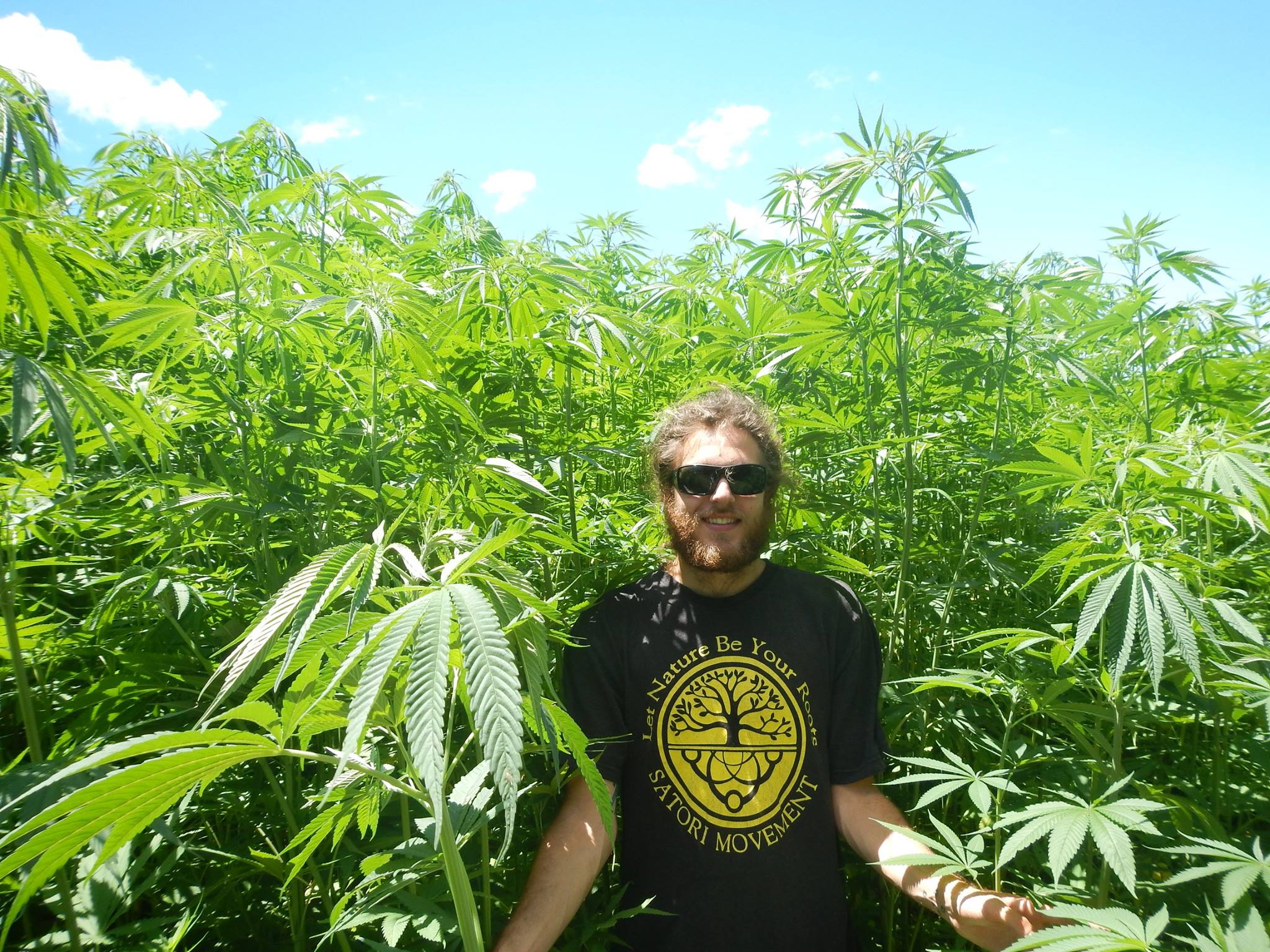
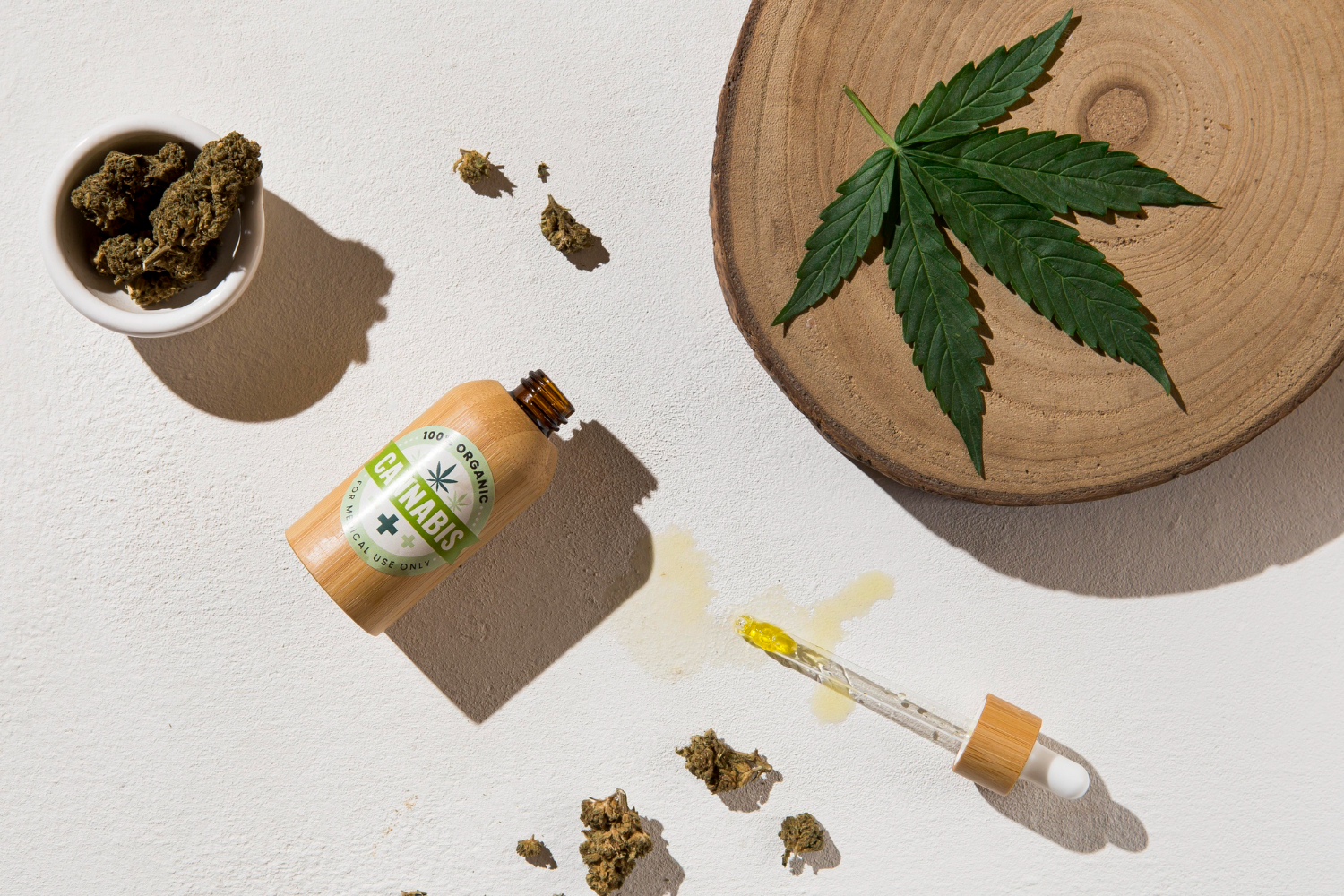

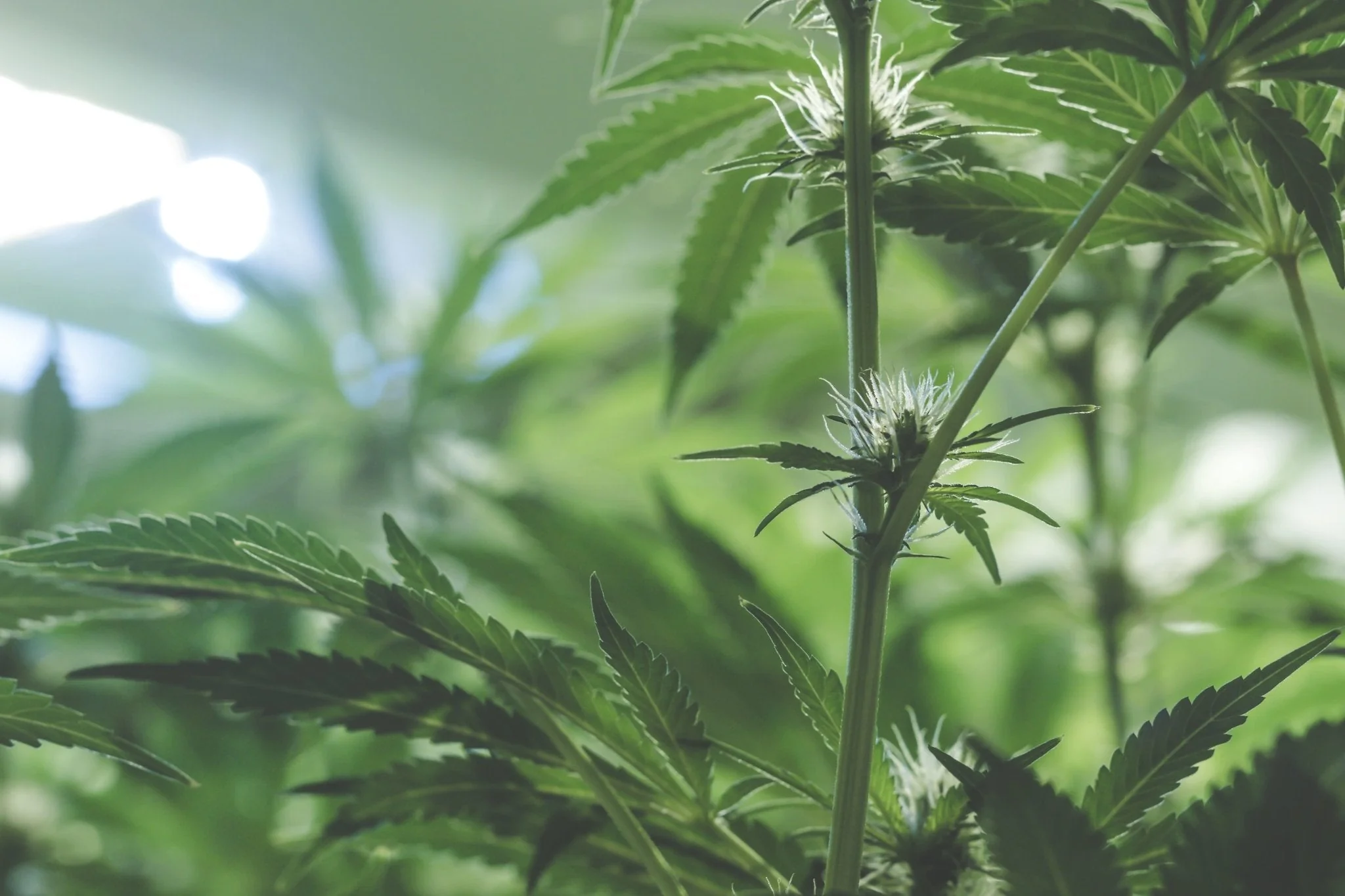
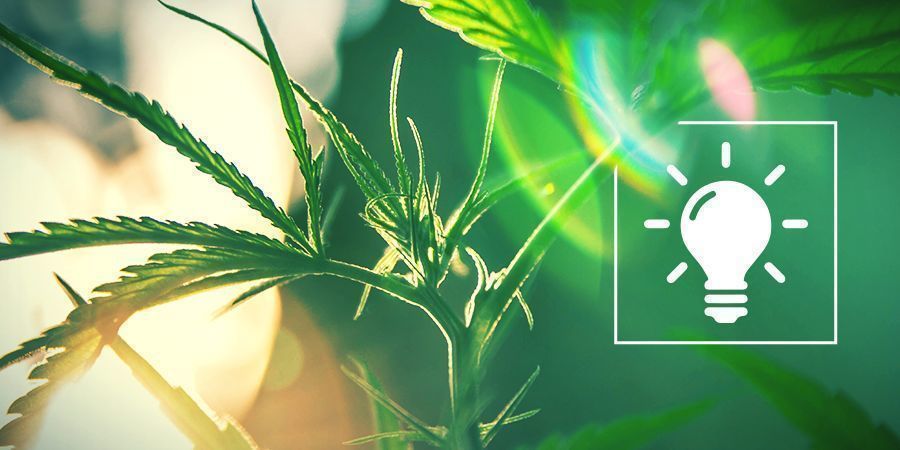
Leave a Reply